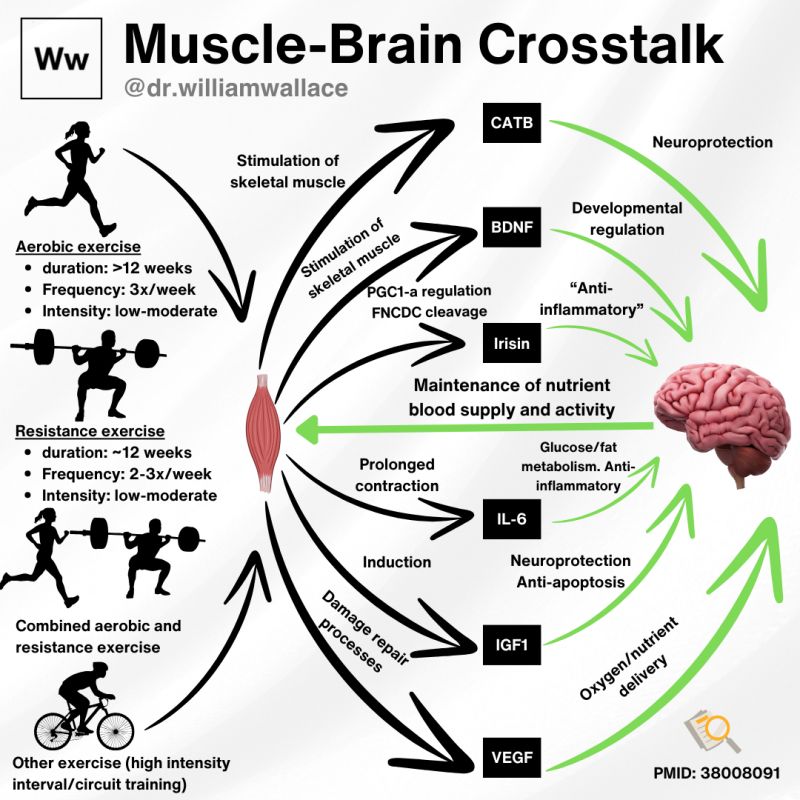
Photos of Sami Mansfield and William Wallace
Sami Mansfield quoted a post by William Wallace, Director of Product Development and Scientific Affairs at ProHealth Longevity, adding:
“My new favorite exercise oncology word is myokines! These amazing proteins produced by the skeletal muscle have HUGE benefits and we are beginning to understand how they ‘talk back’ to cancer cells.
The biggest secret is that we must activiate muscle through action.
That means stimulating muscle cells through physical activity and exercise.
Consider the power of the voice to talk to the other parts of the body! It’s like I tell my spouse, I can’t read your mind!”

Source: Sami Mansfield/LinkedIn and William Wallace/LinkedIn
Sami Mansfield is the founder of Cancer Wellness for Life. She’s been a certified cancer exercise specialist since 2003 and has dedicated her career to implementing evidence-based lifestyle education, resources and tools into cancer care for both the patients and the providers. She lives in Colorado and can often be found on a trail with her husband and doodle who rocks some pink hiking boots.


Quoting William Wallace‘s post:
“The muscle-brain connection: The role of exercise-induced myokines in combatting aging-delated disease(s).
Last week, I made a post on myokines – signaling molecules secreted by muscles in response to exercise, and their impact on multiple different organ systems. This post is meant to highlight how exercise modalities influence myokine release and, by extension, their potential to mitigate aging-related cognitive decline and muscle dysfunction.
Physical exercise has long been recognized for its myriad health benefits, including its protective effects against sarcopenia and neurodegenerative diseases. The secret behind exercise’s systemic benefits lies in part in myokines, which serve as messengers in the muscle-brain crosstalk.
Myokines are a diverse group of peptides and proteins with the ability to facilitate communication between skeletal muscles and various organs, including the brain. They are highly important in processes such as neuroprotection, inflammation modulation, and the regulation of energy metabolism. Specific myokines released in response to exercise include: brain-derived neurotrophic factor (BDNF) and insulin-like growth factor 1 (IGF-1), vascular endothelial growth factor (VEGF), cathepsin B (CATB), irisin, Interleukin-6 (IL-6) etc.
Different forms of exercise )e.g., aerobic exercise, resistance exercise, and combined exercise) affect myokine secretion (and all somewhat differently). Aerobic exercise emerges as a particularly potent stimulator of a broad array of myokines, reinforcing its role in enhancing both cognitive functions and muscle health during aging.
The differential impacts of these exercise types on myokine levels suggests potential importance of tailored exercise prescriptions to maximize health benefits, especially among aging populations.”